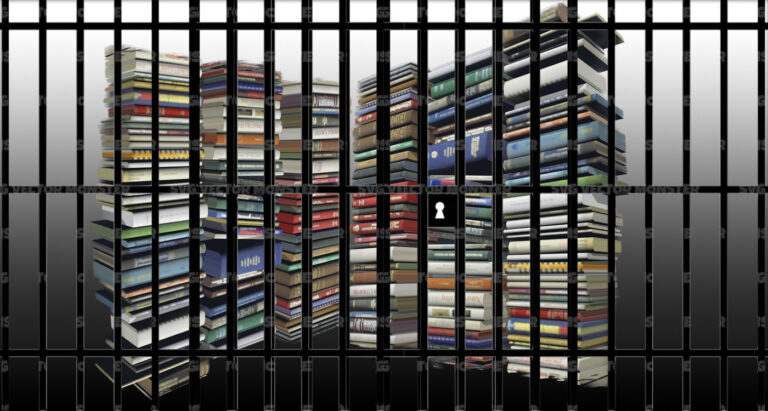
The anti-freeway fights that saved Sydney

Sydneysider: A personal journey
Nick Greiner’s WestConnex proposal has touched off the latest round in a battle for Sydney’s future against the depredations of the private car that’s been going on since the 1960s. At 33 kilometres – around 10 or 15 of them in tunnel – it’s also, given the stage in energy history we’re at, extremely unlikely ever to be completed. Hopefully it will never be started.
It’s been a long, grinding, battle to prevent motorways wrecking Sydney. It started in the late ‘60s when the Department of Main Roads planned a giant freeway cutting straight through Glebe.
That’s when I first heard the arguments against motorways that were to later consume a large part of my life, but I was never active in the struggle to save Glebe. My involvement began in 1986 when my partner and I bought a cottage in Turrella, which borders the Wolli Creek Valley.
The fight to save this unique and precious area of bush and open space – the last substantial remnant of the pre-European environment of inner south-west Sydney – from the threat of an eight-lane freeway had started in the late 1970s. A handful of activists were pushed up a very steep learning curve on the matter of freeways versus public transport and sprawl versus consolidation.
To get a real perspective on an issue you sometimes have to look at history from a long way up.
The whole concept of the freeway only goes back to 1925 when Mussolini opened the first autostrada. In the same year the modernist architect and urban theorist Le Corbusier published The Radiant City in which he envisaged a Paris where the trams were gone, the only trains were underground and vast swathes of the city were demolished to make way for 60 storey residential towers connected by small commuter airfields and a grid of 8-lane freeways. He was really the first major theorist to envisage freeways as an urban solution.
Hitler took the next steps. When WWII was going well for him he pulled together the best road engineers in Europe to plan a vast network of freeways to support proposed German colonies as far east as the Caucasus and the Black sea.
Hitler’s freeway plan was to have been completed in 1975, but it lost momentum following local resistance at a place called Stalingrad.
But the seed had been planted, and the new town planning fad took off after WW2. Nobody had actually thought seriously about the implications. Nobody had crunched the numbers to see what would happen to cities if every family owned a car, let alone two.
And nobody, apart from M. King Hubbert, had stopped to consider whether there would always be abundant fossil fuel to power all those cars.
After WWII the urban freeway movement took off in the USA. To force the pace, the car industry bought up the Los Angeles tram network and closed it down. The downside was quickly evident, but it was too late to stop the momentum.
The new paradigm came to Sydney in 1949, by way of the County of Cumberland Plan. Within Sydney, 550 kilometres of freeways were envisaged. At the same time a decision was taken to drastically reduce public transport’s reach and capacity by rapidly shutting down the 290-kilometre tramway system.
The County of Cumberland planners were very conscious of the value and potential of the open space along Cooks River and Wolli Creek but they naively overlooked the real physical facts of freeways and thought that they could somehow reconcile them with open space.
The successful fight to stop the M4 ploughing through Glebe held off the Los Angelisation of Sydney, but the DMR didn’t give up, they just turned their attention to Sydney’s South-West and dusted off the old plans for the Wolli Creek and Cooks River roads.
Of course this move also generated fierce resistance. Premier Neville Wran responded by announcing a commission of inquiry. But who to appoint? One night at the opera, in a happy accident of history whose effects prevented Sydney from now resembling Los Angeles, he bumped into a young barrister of his acquaintance named David Kirby (later Mr Justice Kirby of the NSW Supreme Court) and asked him to do it.
At that time nobody had ever done such an Inquiry but Kirby said he’d give it a go. In the best tradition of public enquiries he looked to the fundamentals of the issue. His report, published in 1981, stopped the Cooks River Valley Freeway in its tracks and helped delay the M5 for many years. When it eventually came it was in a tunnel under the Wolli Valley.









